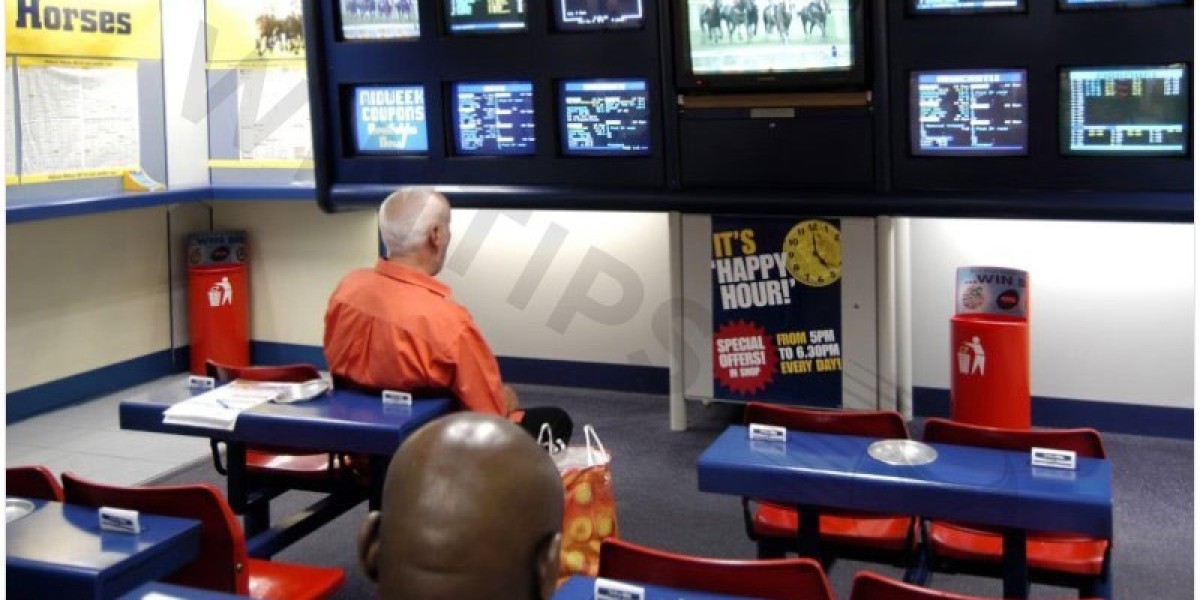Introduction:
In the summer of 2011, the bustling streets of London were engulfed in chaos and violence as riots broke out across the city. Sparked by the fatal shooting of Mark Duggan, a young black man, by police officers in Tottenham on August 4th, the riots quickly escalated into widespread disorder and looting. These events unfolded against a backdrop of growing social unrest, economic turmoil, and deep-seated frustrations felt by many in the capital. In the coming days, London turned into a battleground where angry crowds clashed with the police, buildings were set ablaze, and entire neighborhoods were left in ruins. The summer of 2011 would forever be etched in the memories of Londoners, marking a dark chapter in the city's history.
Description:
The London Riots of August 2011 were characterized by a wave of violent protests, looting, and arson that quickly spread across various boroughs of the capital. Rising tensions amongst disenchanted youth from economically deprived areas, coupled with a deep-seated resentment towards the police, acted as a catalyst for the eruption of violence. The initial protest in Tottenham following Mark Duggan's shooting escalated rapidly, with clashes between demonstrators and police officers turning confrontational. As the news of the incident spread through social media, groups of mainly young people took to the streets, fuelled by anger and motivated by a desire for retribution.
Over the next few days, the rioting extended to other boroughs, including Hackney, Brixton, Peckham, and Croydon, among others. The scenes that unfolded were reminiscent of a war zone. Rioters, motivated by a mix of opportunism, frustration, and resentment, ransacked and set fire to various businesses, including shops, department stores, and even homes. The streets were filled with the sounds of shattering glass, sirens blaring, and the cries of terrified residents.
The police struggled to contain the spiraling violence and faced criticism for their initial response, which was perceived as inadequate and slow. As the situation worsened, Prime Minister David Cameron cut short his vacation to chair security meetings and authorize the deployment of additional police officers. Thousands of riot police flooded the streets, their presence attempting to restore order to a city under siege.
In the aftermath, communities were left to pick up the pieces. The charred remains of buildings stood as stark reminders of the devastation caused by the riots. The economic impact was significant, as numerous businesses were looted and vandalized, leaving shop owners and employees distraught and facing an uncertain future. It took several weeks for the city to regain a sense of normalcy, but the scars of the London Riots of August 2011 would linger for much longer.
Conclusion:
The London Riots of August 2011 were a stark reminder of the volatile social and economic issues that plagued the capital. The violence and destruction witnessed during those tumultuous days shook the city to its core and exposed deep-seated divisions and frustrations within society. The scars left behind would serve as a sobering lesson, prompting reflection on the need for understanding, social cohesion, and effective measures to address the underlying issues that contributed to the outbreak of violence.








